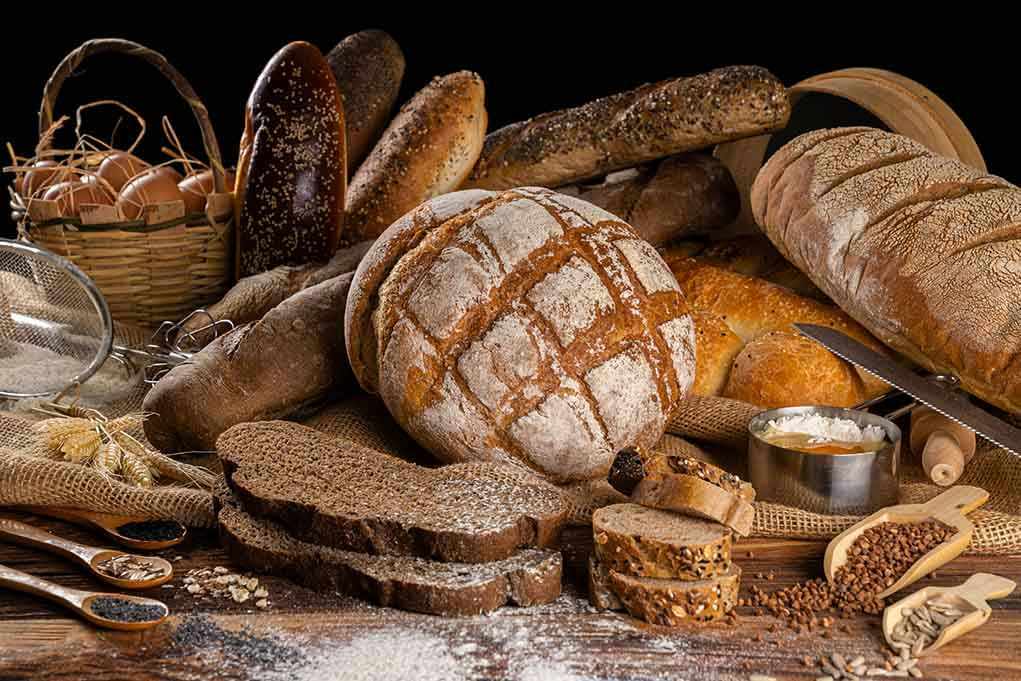
A humble fungus now holds the secret to bread that’s not just fluffier, but also packed with the micronutrients your body craves—and the end of bland, nutritionless toast could be closer than you think.
At a Glance
- Pairing bread wheat with the fungus Rhizophagus irregularis supercharges the grain’s zinc and phosphorus content.
- This natural biofortification doesn’t raise anti-nutrients like phytate, keeping wheat both healthy and digestible.
- Researchers see a sustainable, global solution to hidden hunger through fungal partnerships with crops.
- Widespread adoption could reduce fertilizer use and put more nutritious bread on the world’s table.
How a Fungus Became the Hero of Your Morning Toast
Bread: the world’s most universal comfort food, the thing that makes even the most determined dieters weak, and, if we’re honest, a little bit of a nutritional letdown. Sure, it fills you up, but bread wheat has always had a not-so-secret flaw—its grains often lack the critical micronutrients, like zinc and iron, that your body needs to keep its engine running. That’s been a global dilemma, especially in regions where bread is more than a side dish—it’s the main event. Enter the arbuscular mycorrhizal fungus, specifically Rhizophagus irregularis, a name that rolls off the tongue like a villain in a superhero flick, but in this story, it’s the unlikely hero.
For ages, these fungi have had a cozy, symbiotic relationship with plant roots, quietly boosting nutrient uptake and plant health beneath the soil’s surface. Historically, they were the unsung workhorses of the underground. But scientists, ever the curious bunch, wondered: What if we deliberately paired this fungus with bread wheat? Could we hack the system and create grains that are not just big and beautiful, but also loaded with the good stuff our bodies are missing?
The Experiment That Changed Wheat Forever
In 2025, an international team led by Dr. Stephanie J. Watts-Williams at the University of Adelaide decided to put this hypothesis to the test. They grew wheat with and without their new fungal friend, R. irregularis, then rolled up their sleeves and measured everything from grain size to the all-important micronutrient and anti-nutrient levels. The result? Wheat grains that were not only bigger, but also boasted significantly higher levels of zinc and phosphorus—two nutrients that often fall short in the global diet. Even better, these gains came without the usual catch: there was no rise in phytate, an anti-nutrient that can block mineral absorption and make your “healthy bread” less than heroic.
Other scientists had long known that mycorrhizal fungi could help plants grow, but this was the first time anyone had shown such a precise boost in the bioavailability of key micronutrients, without the anti-nutrient penalty. Dr. Watts-Williams herself was unequivocal, declaring that beneficial soil fungi could be the sustainable key to unlocking more nutritious bread, simply by inoculating wheat roots at the right time.
Can Fungi Really Save the World’s Sandwiches?
For all the bread enthusiasts out there, this is more than just a curiosity—it’s a potential revolution. Micronutrient deficiencies, sometimes called “hidden hunger,” affect billions, sapping energy, cognitive function, and immunity. The beauty of the fungal fix is its simplicity: no genetic modification, no expensive chemical fertilizers, just a natural partnership that’s been quietly thriving since plants first colonized land. For wheat farmers, it could mean higher yields and a premium on more nutritious crops. For everyone else, it means the humble sandwich could pack a nutritional punch strong enough to chip away at global malnutrition.
Imagine a future where your morning toast not only gives you comfort, but also delivers a meaningful dose of zinc and iron. Agricultural policymakers are paying attention—if these results scale to field trials and commercial farms, it could change food security strategies for entire nations. The agricultural sector, always hunting for sustainable solutions, is eyeing fungal inoculants as a way to cut back on chemical extras and boost the value of one of the world’s most important staple foods.
What’s Next for Fungus-Infused Bread?
Of course, every hero has its challenges. While the lab results are dazzling, scaling up these fungal partnerships across diverse wheat-growing regions will take more tinkering. Soil conditions, local fungi strains, and the economics of inoculation all need to be sorted. Still, the promise is too big to ignore. Experts agree: if R. irregularis can deliver these nutrition gains widely, the ripple effect could be massive—less fertilizer, healthier populations, and a new reason to get excited about…bread.
Peer-reviewed journals back up these findings, and meta-analyses confirm the broader benefits of mycorrhizal inoculation for wheat. The only real uncertainty is how fast farmers, supply chains, and governments can make the leap from petri dish to field, and then to kitchen table. But if you’re looking for a reason to celebrate your next slice of toast—this is it. The age of bland, nutrition-light bread may finally be behind us, all thanks to one unassuming fungus and a handful of determined scientists.
Sources:
Phys.org – Fungi boost micronutrient content of bread wheat
ScienceDaily – Fungi boost micronutrient content of bread wheat
Baking Business Australia – New research brings together fungi and bread wheat
PMC – Meta-analysis: Mycorrhizal fungi improve wheat nutrient uptake











